Sixfold Resources
Embark on a Journey of Discovery: Uncover a Wealth of Knowledge with Our Diverse Range of Resources.
%20(1500%20x%201000%20px)%20(680%20x%20520%20px).png)
2024 Reel: Sixfold’s Biggest Product Wins And How We Built Them
To close out the year, we sat down with our engineering and product teams for a behind-the-scenes look at what we’ve built. The result? 9 key product achievements.
In case you’re new here, we’ll start by reintroducing ourselves. Sixfold is the first purpose-built AI for insurance underwriting, designed to help insurance underwriters reduce their manual workload. We work with global and innovative insurance carriers like AXIS, Zurich Insurance Group, and Generali.
This year has been full of milestones—we’ve processed over 150,000 submissions, responded to more than 250,000 custom underwriting queries, and gathered 3,200+ hours of underwriter feedback.
So, how did we get here? We sat down with our engineering and product teams to give you an inside look at what we built, how we did it, and the technology behind it all.
The result? Nine of our top product achievements this year, picked by the folks who built them from the ground up, all focused on improving accuracy, efficiency, and transparency for underwriters around the world.
1. Improved Accuracy through Advanced Data Extraction & Risk Matching

What is it? 💡
Accuracy is one of the key elements at Sixfold and this time we’ve improved our models to deliver:
- Better data extraction from complex insurance documents
- Faster and more accurate matching of insurer risk appetites to key signals within cases
How did we build this? ⚙️
Our AI team focused on these key areas:
- Addressing variability in LLM responses
- Developing accuracy metrics and ensuring targeted output
- Quantitative testing for basic accuracy
“Working with LLMs is unique because they don’t always give the same answer to the same question. To handle that variability, we created metrics to assess how well we extract the necessary information, the precision of our responses, and our performance on key tasks."
- Ian Cook, Head of AI
What’s the impact? 🚀
Boosting accuracy for underwriters is one of our core missions. With our latest models, we’ve seen a 40% improvement in data extraction accuracy compared to six months ago — even from the most difficult-to-read documents.
“General methods to pull text from a PDF don’t go far enough to meet the rigor we demand. By focusing on the specific documents and information underwriters need, we deliver a more targeted, efficient system than off-the-shelf data extraction services.”
- Ian Cook, Head of AI
2. Transparency in One Click Through
In-line Citations

What is it? 💡
With this feature, underwriters can find the source of any information Sixfold is showcasing –with just one click. It’ll show which documents and websites the facts came from. Need to know the exact page? No problem we got you!
In-line citations don’t just build trust in our platform; they also give underwriters context on certain risks and provide full traceability for every piece of risk analysis.
“One of the most important things for an underwriter is not only seeing the pertinent risk signals or questionnaire responses we surface as part of the Sixfold risk analysis but also being able to dig deeper or understand the broader concept behind that information.”
- Lana Jovanovic , Head of Product
How did we build this? ⚙️
In simple terms, we associate each extracted fact with a page number to surface the most relevant information. So, what was the underwriting need behind this development?
- Building trust and confidence in the results
- To quickly locate information without having to read through many documents
“Certain information surfaced as part of that analysis may even trigger additional add-on questions or thoughts that they may have about it, so they can really rapidly be able to dig in further”
- Lana Jovanovic, Head of Product
What’s the impact? 🚀
We’re bringing transparency, speed, and confidence for underwriters—making it that much easier to make informed decisions.
3. Quicker Decisions With Reduced Case Processing Time

What is it? 💡
With our commitment to making underwriters' lives easier, this improvement was an absolute must! Our engineers rolled up their sleeves and worked hard to bring our case processing time down by 61%!
So, what happens during that processing time? Sixfold analyzes aggregated information, searches the web for publicly available information company data, and decides the right NAICS/SIC code classification.
How did we build this? ⚙️
“It started by reviewing our analysis pipeline step-by-step. We measured the processing time and the size of the data payload for each step of our pipeline to see where we could identify any bottlenecks.”
- Ian Hirschfeld, Senior Engineering Manager
Here are the steps we took:
- Broke large data processing tasks into smaller and faster units that could run concurrently
- Reconfigured the pipeline to allow multiple analysis steps to run in parallel
What’s the impact? 🚀
A 61% reduction in processing time—and hopefully, a lot more happy underwriters!
4. Closer Alignment With Your Risk Appetite Through Weighted Risk Signals
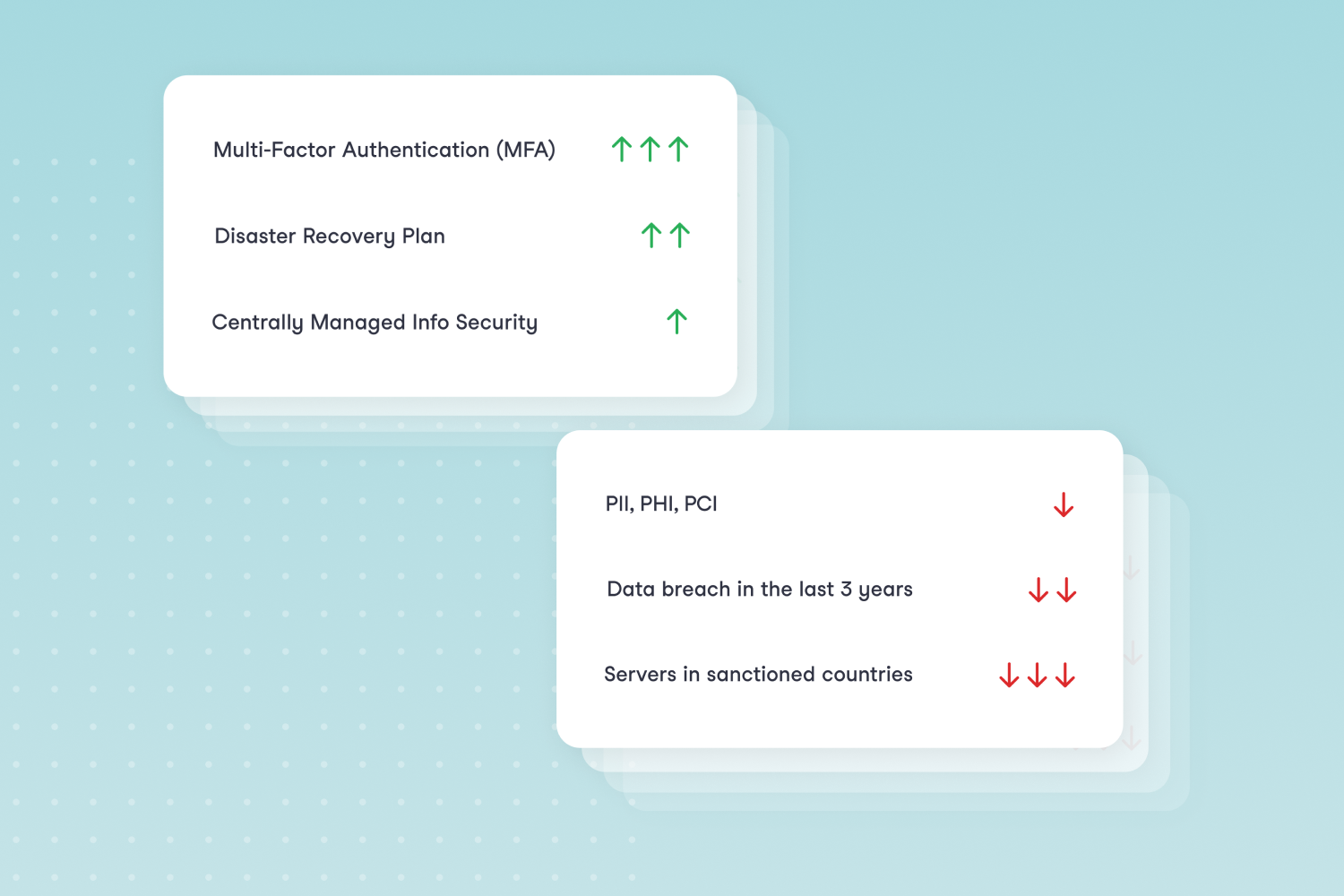
What is it? 💡
This feature will show underwriters all the risk criteria they’ve defined as important and classify those risks as either positive, really positive, negative, or really negative. And yes, the weighted risk signals are tailored to each customer’s unique risk guidelines and definitions.
For example, a cyber company might consider it a “really positive” signal if a prospect has implemented a Multi-Factor Authentication (MFA) process, while not having a backup in place might be something really negative.
How did we build this? ⚙️
Our product team envisioned this feature as something that could easily adapt to each carrier’s unique needs and got close support from our Lloyd's mentors during our 10-week Lloyd’s Lab Program, to refine and improve this feature.
Some of the core elements to figure out when building this feature included:
- Creating a scoring model that’s detailed enough to handle different signals without becoming too complex
- Balancing positive, negative, and neutral signals to accurately reflect real-world underwriting decisions
- Making sure the system could adapt smoothly to each carrier’s existing workflows
Because every carrier and industry interprets risk signals differently, we needed a solution that was both flexible and adaptable.
“The biggest challenge in designing this feature was addressing the diverse UW guidelines across various sectors.”
- Leonardo Momente, Senior Software Engineer
What’s the impact? 🚀
This feature is a great improvement in accuracy in appetite match scoring. This not only saves time but also improves underwriting precision.
“Frequent iteration and testing allowed us to refine the scoring criteria and user interface based on user feedback, ensuring the system was both effective and intuitive.”
- Leonardo Momente, Senior Software Engineer
5. Reliable Evaluations Thanks to Detailed Medical & Lifestyle Insights

What is it? 💡
Life and disability underwriters have to go through hundreds of pages of medical documents, alongside lifestyle details, hobbies, and family medical histories. Sounds like a lot, right? Some might even compare it to detective work.
With our Life and Disability customers in mind, our product and engineering team built the Lifestyle & Medical History Analysis from scratch. This feature analyzes all the documents provided for a case and brings back a summary of all relevant risk information, helping underwriters quote cases more efficiently and quickly.
Sixfold takes care of the heavy lifting so that underwriters can focus on decision-making and relationship-building!
How did we build this? ⚙️
This feature was designed in different phases:
- Sixfold ingests all the documents underwriters upload for a particular case, extracting the relevant text from each file
- We analyze both the structured and unstructured data extracted, summarizing key information for the underwriter
- To make it even easier, we provide a chronological narrative of each case or condition
But, that’s not all! We also flag specific conditions predefined by the carrier and deduplicate repetitive information.
“One challenge was the fact that these medical histories can have a lot of repetitive information. For example, the history of a diagnosis or condition can appear many times across different types of documents.”
- Omeed Fallahi, Software Engineer
What’s the impact? 🚀
This feature dramatically reduces the manual work for underwriters, cutting down processing time for each case.
“You might have a negative risk signal for diabetes, for example. What the AI can do is identify a medication for diabetes that doesn’t explicitly mention the word ‘diabetes’ and flag it as a risk signal. This means the underwriter doesn’t have to constantly check what each medication is and what it treats.”
– Drew Das, Senior AI Engineer
6. Robust Security Through SOC2 Type II Certification + HIPAA Compliance

What is it? 💡
Our main goal is to make underwriters' lives easier – that’s at the core of everything we do – making sure our platform plays a huge part in that.
So, what does it mean for Sixfold to be SOC 2 compliant? This means that a neutral, expert third party has evaluated our platform to confirm we meet strict security controls, data protection, and availability standards. With SOC 2, we’ve gone the extra mile to prove these controls work consistently and effectively over time.
And what about HIPAA? HIPAA protects patient health information (PHI), and being HIPAA compliant means we’ve passed an audit confirming that our platform meets the privacy and security requirements needed to serve the life insurance industry.
How did we build this? ⚙️
Over several months, our engineering team addressed a series of steps to align with these regulations:
- Implementing strong access controls, user authentication, and data encryption
- Creating detailed incident response and disaster recovery plans
- Setting up continuous security monitoring, logging, and comprehensive documentation
"Team coordination and implementation proved to be a challenge. We needed to ensure all staff members were properly trained and fully understood our security protocols and compliance requirements. "
- Ryan Garver, Staff Software Engineer
What’s the impact? 🚀
By meeting these standards, we’ve put ourselves in a stronger position to help our customers meet their compliance needs in the insurance industry. It’s all about making Sixfold a trusted, reliable partner for carriers.
“For our platform, SOC 2 Type II and HIPAA compliance are fundamental business necessities, not just regulatory requirements”
- Ryan Garver, Staff Software Engineer
7. Establishing a Responsible AI Framework
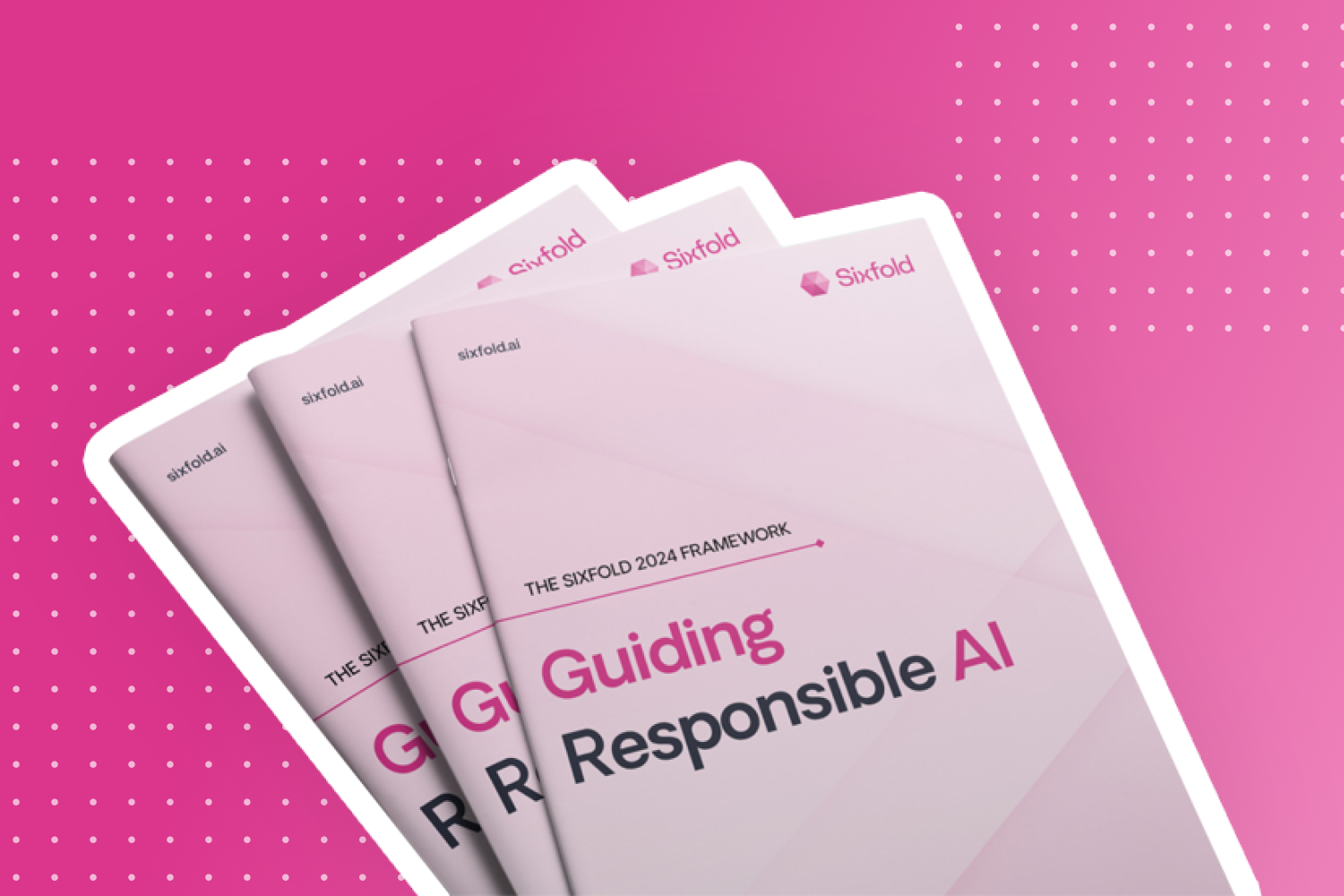
What is it? 💡
We love helping underwriters improve their quoting process with AI—that’s our main goal—but we also want to do it in a responsible way and set the benchmark for Responsible AI. With that in mind, we created our Responsible AI Report.
The report gives an overview of Sixfold’s approach to safe AI usage and answers common questions about the topic.
With Sixfold, you can have peace of mind knowing that your data is:
- Never stored or used for training our base model
- Isolated and separated from others
- Locked up tight for ultimate security
How did we build this? ⚙️
Our AI team is constantly working on:
1. Evaluating and re-evaluating our workflows and pipelines
2. Reviewing data that enters our system and assessing it for appropriateness and consistency to ensure it aligns with our Responsible AI principles
3. Refining code, LLM-based interactions, and data governance to ensure no protected class information is inserted or surfaced
“While we always want to make sure we’re aligned with the latest research on Responsible AI, the principles themselves don’t change as often as the tools. Our focus is on applying those principles every time we evaluate new tools and techniques.”
— Ian Cook, Head of AI
What’s the impact? 🚀
The Responsible AI Report reinforces our security standards and compliance commitments, building trust with our customers.
“As someone once said, focus is choosing what not to do. The framework helps us keep focus by making it clear what we should not be doing.”
— Ian Cook, Head of AI
8. Boosting Speed and Accuracy with Fewer Tabs via API
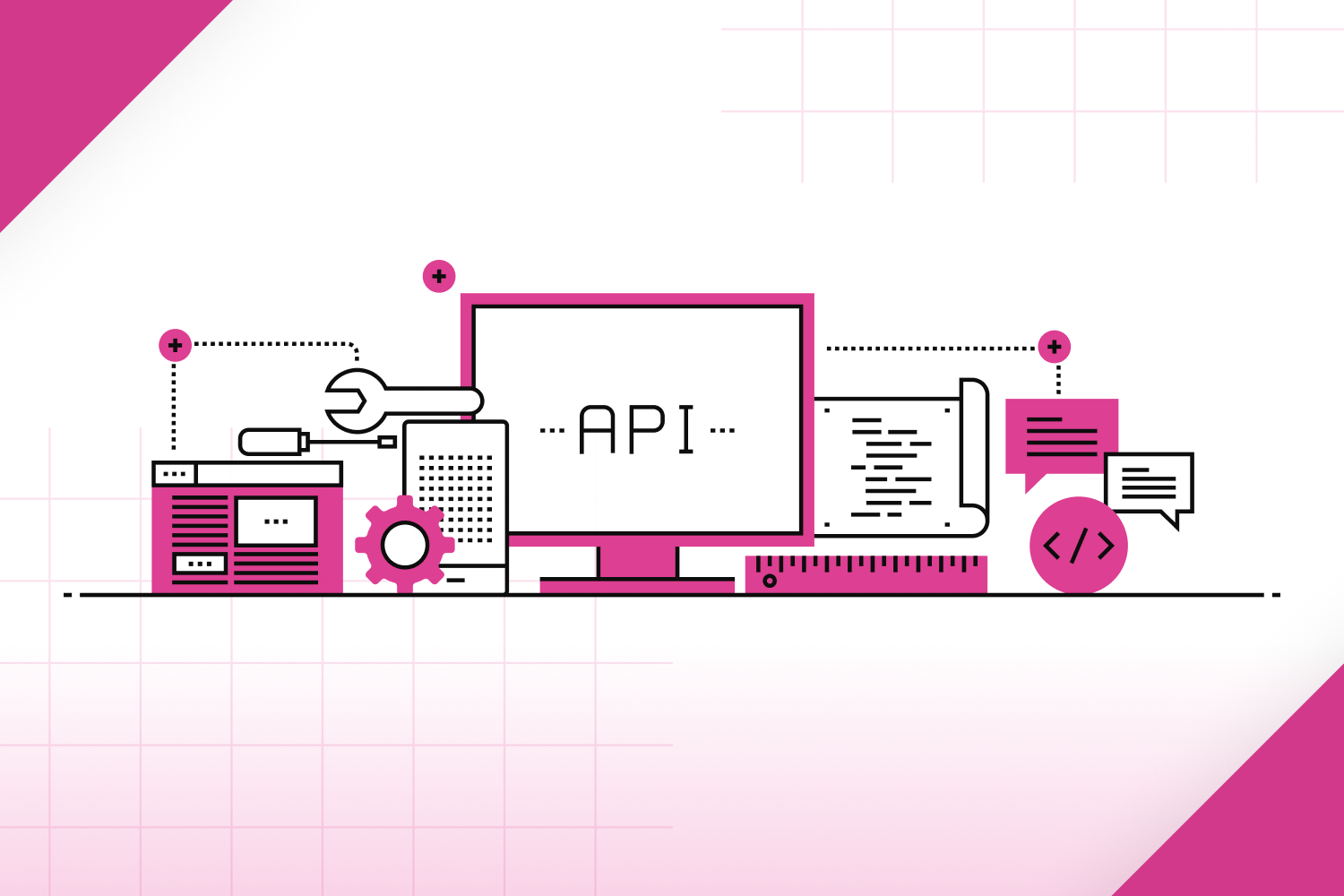
What is it? 💡
You may not even notice, but you’re probably using APIs – Application Programming Interfaces –every day. An API allows different software to communicate while keeping the user on the same interface they’re familiar with. Think about online shopping—you don’t need to leave the site to process your payment through the credit card company, right? That’s an API working behind the scenes!
For Sixfold, launching our API was a big step because it brings simplicity and efficiency to underwriters using our system. Underwriting teams often work across multiple platforms during the quoting process, so we made it easy for our customers’ tech teams to integrate Sixfold’s AI capabilities directly into the tools they’re already using.
How did we build this? ⚙️
Our engineering team focused on:
- Identifying the most critical information to expose through the API and how this information might differ from what is presented in the Sixfold Web UI
- Highlighting the most relevant data, supported by auditable sources
- Minimizing exposure to behind-the-scenes complexity
What’s the impact? 🚀
Sixfold’s API makes it easier for our customers to process a high volume of cases daily.
“One of our customers submits approximately 1,000 cases per day, with an average processing time of 31 seconds per case.”
- Ian Hirschfeld, Senior Engineering Manager
9. Streamlining Workflow Efficiency with SSO Integration
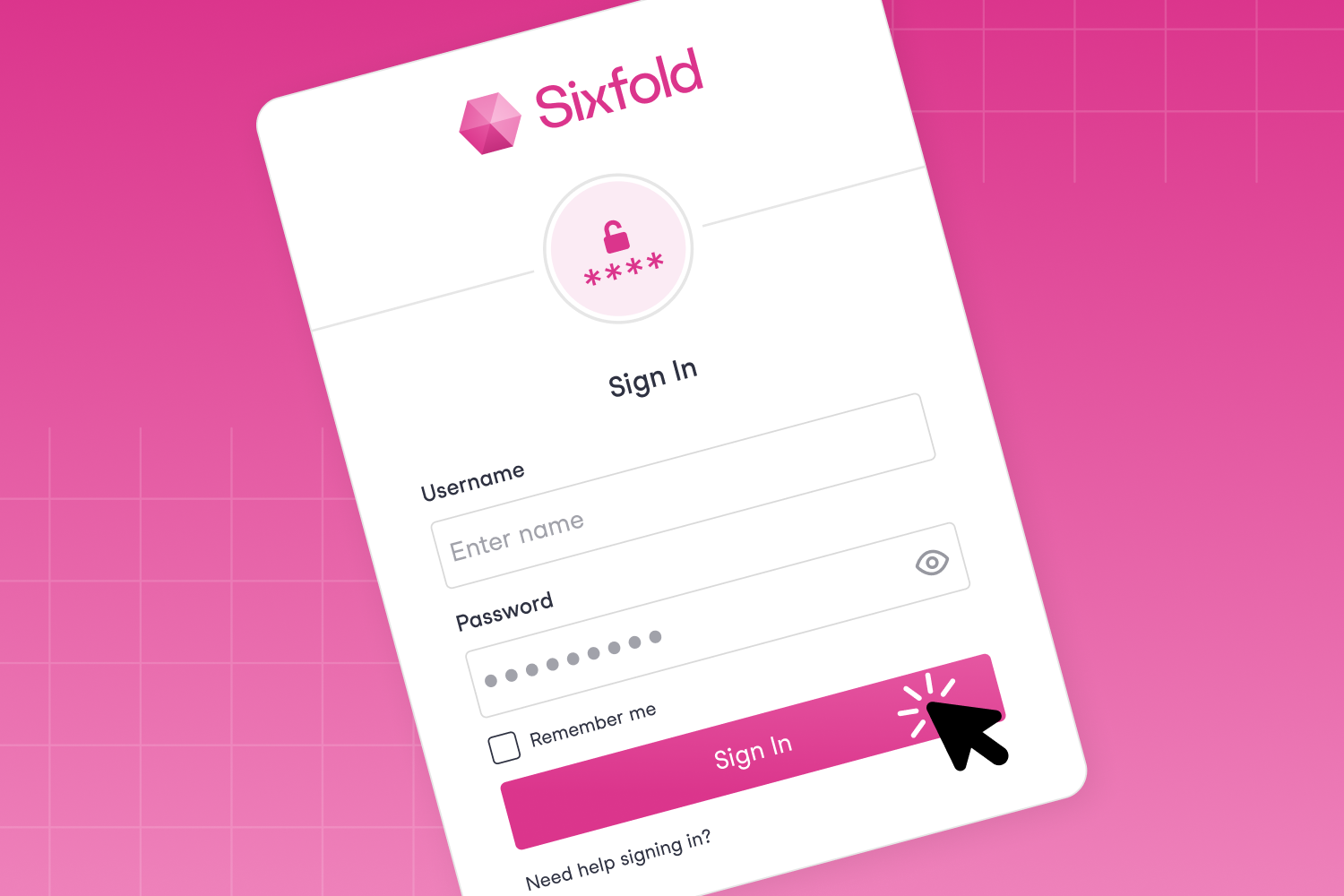
What is it? 💡
Yes, SSO stands for Single Sign-On. But what does that actually mean? We like to think of it as a way to simplify the way users log into applications.
For our customers, that basically means using their corporate email address to securely access Sixfold’s platform. And trust us, implementing SSO isn’t easy—there are plenty of security considerations, and the first thing that comes to mind is compliance!
How did we build this? ⚙️
This feature was a top request from our customers and with a diverse client base, our platform team had a lot of boxes to check:
- Different configurations across different clients
- Which Identity Provider do they use? Microsoft Azure or PingFederate, for example?
- How does user authentication happen—and how do we map users correctly?
“If you have a team of different underwriters, maybe they have different permissions—maybe they can see one case that fits certain criteria but not another.
And when new underwriters join, you want them seamlessly authenticated and authorized the same way as your existing underwriters.”
- Mike Rooney, Principal Software Engineer
What’s the impact? 🚀
No more handling a bunch of passwords! SSO is simply a better way to log in, reducing the chance of leaked credentials.
“Very soon, we’ll just be able to send a link to new customers who want to set up SSO with us. They can go through a detailed onboarding guide at their own pace. Once they’re done and happy with the setup, it turns green on our dashboard and we’re good to go.”
– Mike Rooney, Principal Software Engineer
That’s a 2024 Wrap
Looking back at these product developments and improvements, a few key themes stand out— efficiency, accuracy, and transparency. These are the key elements Sixfold is committed to bringing to underwriters every step of the risk assessment process.
Want to see how we’re making a difference in underwriting today? Check out how AXIS reduced submission time from 30 minutes to just 60 seconds, and how Zurich’s underwriters saved an average of 90 minutes per submission.
Thanks for sticking with us until the end of this post, and we’ll see you in the next one!

Sixfold’s Remarkable First Seven Months
In less than a year, Sixfold has transformed insurance underwriting using emerging AI technologies. Here’s how we did it.
This time last year, Sixfold was little more than a name and a vague concept. But since officially launching in May, this remarkable team (now 17-strong and growing!) has revolutionized insurance underwriting. That’s a bold statement from a biased observer, but I think I can back it up.
First, let’s briefly explore the state of affairs coming into 2023.
Modern carriers process vast amounts of data from a wide array of sources to inform underwriting decisions. Today’s competitive advantages are secured—or lost—based on the efficiency and accuracy with which one handles this data.
Over the years, multiple data-tech vendors have promised to help carriers keep pace, but they haven’t been even close to sufficient. Meanwhile, data ecosystems have grown more expansive and the tools gap, more glaring.

At Sixfold, we saw this challenge compounding by the day—not for lack of trying, but for lack of imagination. It’s what inspired us to develop a new approach that prioritizes transformation over iteration.
Our platform was uniquely built to accelerate the bewilderingly complex process of modeling risk appetite, no matter the starting point. Is your risk tolerance detailed in a loose assortment of PDFs? An Excel document? Or just a bundle of past submissions? We can make sense of it all. And that’s just the start. Our proprietary generative AI engine ingests applicant data from disparate sources at scale and—unlike traditional “intelligent” data processing tools, which merely extract data—generates clear summaries, fully aligned with carriers’ appetites, empowering underwriters to move with unprecedented accuracy and speed.
And it’s been effective. Ridiculously effective. Let’s run through a few quick examples:
✅ A leading general liability carrier was averaging 4 hours for its submission-to-quote cycles, but once they implemented Sixfold, that time was slashed to just 4 minutes.
✅ Last year, a large global cyber carrier measured its submission-to-quote cycles in weeks; now they do it in 3 minutes and 24 seconds.
✅ Before adding Sixfold to its tech stack, a major life & health carrier needed days to extract, surface, and package relevant data from multiple sources for a single life insurance application. Now the entire process is handled automatically in a fraction of the time.
Perhaps you can see where the industry is headed and why this is the area where Sixfold is focusing.
The journey from there to here
The progress our engineering team has made over this not-even-a-full year has been nothing short of astonishing. Gen AI is moving forward at warp speed–and Sixfold is moving even faster.
In just the past few months we’ve transitioned from relying on a single LLM vendor to tapping and training a plethora of platforms based on their unique abilities. Additionally, we’ve tailor-built our own proprietary AI models to increase speed, accuracy, and privacy—we’ll be tripling down on our internal R&D efforts in the years ahead. (As a side note: I can’t wait to show you what our engineers have been working on…more on that during our January webinar.)
The only thing evolving faster than AI technology is society’s views of it. More people are voicing concerns about the potential negative impact of AI, particularly around issues of scaled bias. We get it. We have a shared interest in ensuring that AI is deployed with a human-first approach.
Sixfold has been proactively and uniquely engaged in the conversation. I, and other Sixfold leaders, have repeatedly met with the state regulators and commissioners throughout the year to better understand their concerns and thinking. These meetings have helped us design our platform in anticipation of new regulations and, conversely, offer our unique insights to influence the formation of emerging rules that will allow AI to work better for everyone.
Hello, 2024
We’re exclusively obsessed with insurance underwriting. We have been from the beginning and we will continue to be in the future.
I’m beyond proud of what this team has accomplished over the past 7 months, and I can’t wait to share with you what’s in store in 2024. Join us this coming January for our first-ever virtual session, Boost Underwriting Capacity in 2024: Discover the Sixfold Impact, for a demo of how our platform enhances underwriting capacity in P&C, Life, and Specialty insurance sectors.
None of this would have been possible without the support and backing of Charles Birnbaum and Jeremy Levine at Bessemer Venture Partners, and Jonathan Crystal and Stephen McGovern at Crystal Venture Partners. We’re grateful for our bold customers and partners who understood our vision and joined us on the first leg of our journey. And of course, I can’t say enough about the Sixfold team including my co-founders Jane and Brian as well as our growing lineup of researchers, innovators, and visionaries: Brooke, Drew, Emil, Gregg, Ian, Lana, Laurence, Leonardo, Lucas, Maja, Marie, Omeed, Stewart, and Ryan.
Don’t miss our 2023 recap. See you all next year!
This post was originally published on LinkedIn.

Just Launched: Beyond the Policy 🚀
I’m super excited to introduce Beyond the Policy, Sixfold’s innovation hub designed exclusively for underwriters.
Here at Sixfold, we talk to underwriters all the time—on calls, in meetings, at conferences, and through feedback on everything we create. Why? Because understanding the real challenges underwriters face is at the core of what we do.
From those conversations, we realized there’s no central digital space where underwriters can stay updated on industry innovations, exchange insights, and find tools to grow their careers.
That got us thinking — what if we built that place?
So, we did! I’m super excited to introduce Beyond the Policy, Sixfold’s innovation hub designed exclusively for underwriters. Here’s what you can expect:
Real Stories From the Frontlines
Why? Great advice comes from those who’ve faced the same challenges. That’s why Beyond the Policy features interviews with experienced underwriters who share their perspectives on the challenges and opportunities shaping the industry today. These Q&As provide practical insights, lessons learned, and tips you can apply directly to your own work.
We began our interviews with underwriters from major players like Sompo International and NSM, as well as from smaller MGAs and consultancies, ensuring a diverse (and always personal) perspectives.
AI Crash Course for Underwriting Leaders
Why? AI is transforming underwriting, but getting started can feel overwhelming. To help, we’ve created a crash course specifically for underwriting leaders. It’s designed to provide clear, actionable steps for getting started.
This course brings together insights from top AI experts across diverse fields, including the Head of AI at Sixfold and a Lead AI Counsel at Debevoise & Plimpton. Whether you're new to AI or looking to enhance your approach, this resource is a great starting point.
Will we launch more courses in the future? Absolutely - stay tuned for our next one.
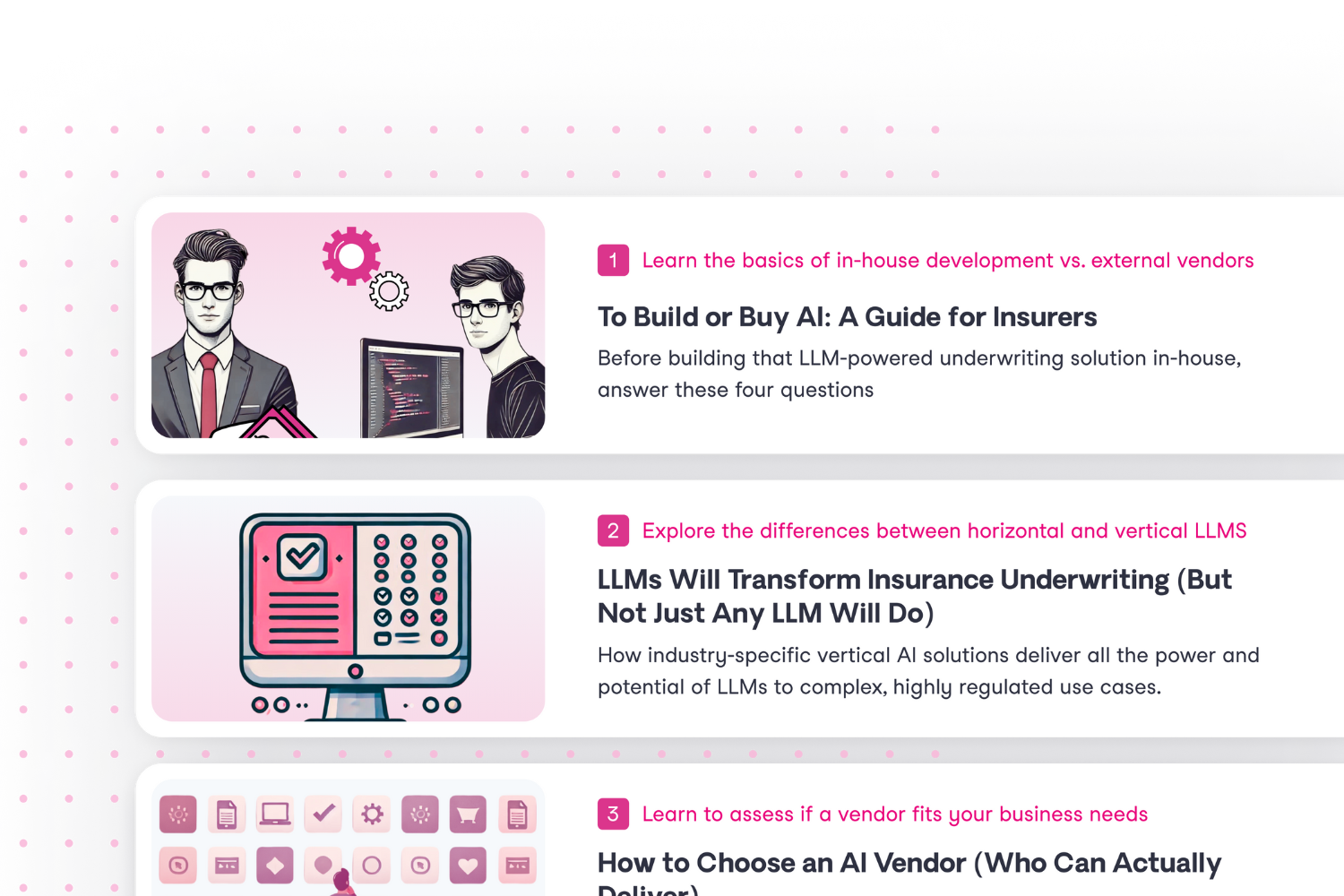
The Best of the Web for Underwriters
Why? The internet is full of information, but finding what’s truly relevant can be a challenge. That’s why we’re doing the work for you. Beyond the Policy features curated content tailored to underwriters, pulling together key industry updates and trends - and updating it frequently. Fresh content, every week!
This week's recommended content includes a great episode from The Insurance Podcast featuring Send (underwriting insurance software) and an article from Deloitte on the insurance outlook in 2025.
Monthly Emails You’ll Actually Want to Read
Why? We know you’re busy, so we’ve packed our monthly emails with the best of what Beyond the Policy has to offer. Expect updates on the latest Q&As, new resources like the AI crash course, and handpicked articles that are worth your time.
These emails are designed to keep you ahead (without adding to your email load).

➡️ Beyond the Policy is now live!
If you’re an underwriter, I invite you to check it out, sign up for our monthly emails and hopefully learn a new thing or two.
Enjoy!
